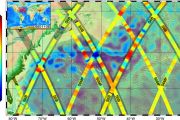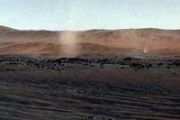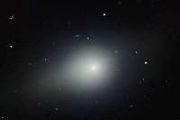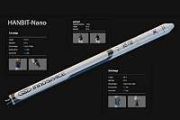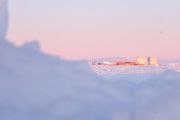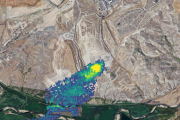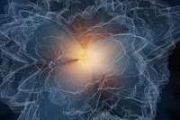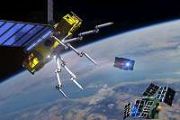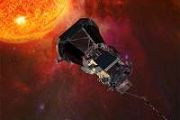
Copernical Team
Video game designers battle to depict climate impacts
 Game designer Sam Alfred is keenly aware of the challenge he faces in trying to build a video game with climate change at its heart.
Lists of best-selling games are filled with titles pushing destruction and violence rather than constructive engagement with the environment.
Yet "Terra Nil", a strategy game designed by Alfred and released in March last year, puts players in charge of rebu
Game designer Sam Alfred is keenly aware of the challenge he faces in trying to build a video game with climate change at its heart.
Lists of best-selling games are filled with titles pushing destruction and violence rather than constructive engagement with the environment.
Yet "Terra Nil", a strategy game designed by Alfred and released in March last year, puts players in charge of rebu NASA-IBM team up for large language models for advanced research
 Collaborations with private, non-federal partners through Space Act Agreements are a key component in the work done by NASA's Interagency Implementation and Advanced Concepts Team (IMPACT). A collaboration with International Business Machines (IBM) has produced INDUS, a comprehensive suite of large language models (LLMs) tailored for the domains of Earth science, biological and physical sciences
Collaborations with private, non-federal partners through Space Act Agreements are a key component in the work done by NASA's Interagency Implementation and Advanced Concepts Team (IMPACT). A collaboration with International Business Machines (IBM) has produced INDUS, a comprehensive suite of large language models (LLMs) tailored for the domains of Earth science, biological and physical sciences Precision instrument bolsters efforts to find elusive dark energy
 Dark energy - a mysterious force pushing the universe apart at an ever-increasing rate - was discovered 26 years ago, and ever since, scientists have been searching for a new and exotic particle causing the expansion.
Pushing the boundaries of this search, University of California, Berkeley physicists have now built the most precise experiment yet to look for minor deviations from the acce
Dark energy - a mysterious force pushing the universe apart at an ever-increasing rate - was discovered 26 years ago, and ever since, scientists have been searching for a new and exotic particle causing the expansion.
Pushing the boundaries of this search, University of California, Berkeley physicists have now built the most precise experiment yet to look for minor deviations from the acce Meteorites strike Mars far more often than thought, probe finds
 Mars is bombarded with basketball-sized meteorites on a nearly daily basis, fives times more often than previously estimated, seismic recordings from a NASA spacecraft have revealed.
Before the new study was published on Friday, the best guess for how many meteorites strike Mars was made by looking at images taken by orbiting spacecrafts or models based on craters on the Moon.
But NASA's
Mars is bombarded with basketball-sized meteorites on a nearly daily basis, fives times more often than previously estimated, seismic recordings from a NASA spacecraft have revealed.
Before the new study was published on Friday, the best guess for how many meteorites strike Mars was made by looking at images taken by orbiting spacecrafts or models based on craters on the Moon.
But NASA's NASA insists Boeing Starliner crew 'not stranded' on ISS
 The first astronauts to fly Boeing's troubled Starliner are definitely not "stranded" at the International Space Station, NASA insisted Friday despite having no clear timeframe for bringing them home.
In an unusually defensive press call, officials attempted to put a positive spin on where things currently stood after weeks of negative headlines due to the spaceship's delayed return.
Ast
The first astronauts to fly Boeing's troubled Starliner are definitely not "stranded" at the International Space Station, NASA insisted Friday despite having no clear timeframe for bringing them home.
In an unusually defensive press call, officials attempted to put a positive spin on where things currently stood after weeks of negative headlines due to the spaceship's delayed return.
Ast A harmless asteroid will whiz past Earth Saturday. Here's how to spot it
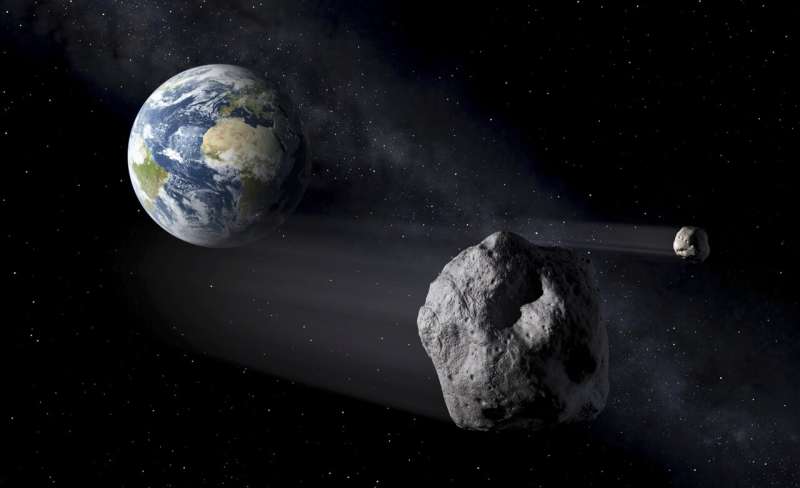
Japan's space agency delays launch of upgraded observation satellite on new H3 rocket due to weather
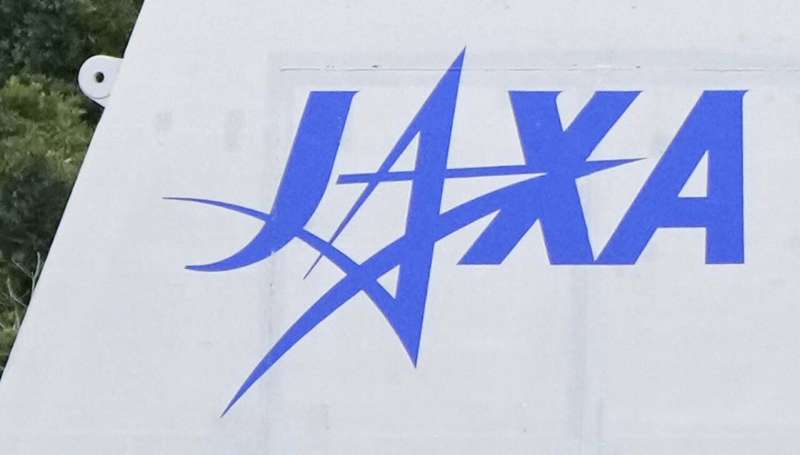
Europe satellite operator drops Ariane 6 rocket for SpaceX: report
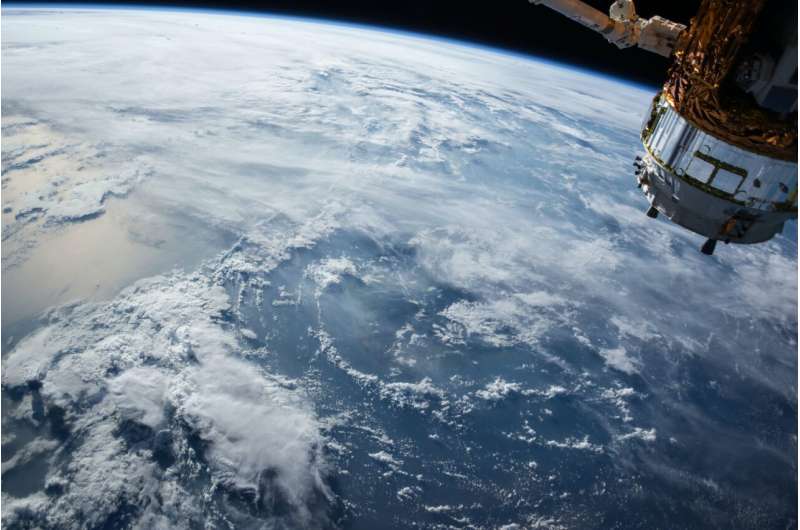
Europe's weather satellite operator has cancelled plans to use the European rocket Ariane 6 less than two weeks before its first-ever launch, opting to go with US firm SpaceX instead, the French newspaper Le Monde has reported.
The latest blow to European space efforts comes after four years of delays to the Ariane 6, which is scheduled to finally blast off for the first time on July 9.
Contacted by AFP on Friday, the European Organization for the Exploitation of Meteorological Satellites (EUMETSAT) could not immediately be reached, while the French company Arianespace, which developed and operates the Ariane 6 rocket, did not comment.
According to the Le Monde report, EUMETSAT's executive committee asked the board of directors representing the organization's 30 member states to launch the MTG-S1 weather satellite on SpaceX's Falcon 9 rocket.
That would mean cancelling the contract EUMETSAT signed with Arianespace four years ago.
The MTG-S1 satellite had been planned to be the third launch on an Ariane 6 rocket, scheduled to blast off sometime early next year.
The Le Monde report did not specify exactly why EUMETSAT ditched the European rocket for US billionaire Elon Musk's SpaceX.
NASA parachute sensor testing could make EPIC Mars landings
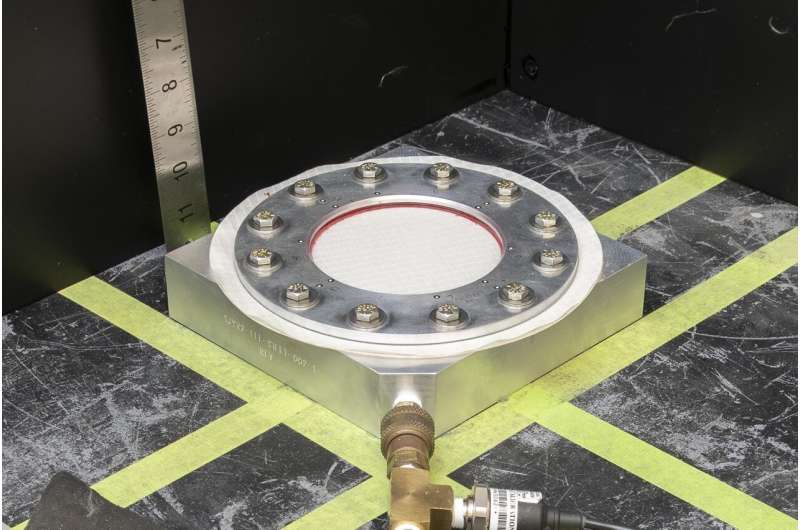
LLNL gamma-ray sensor has the best resolution
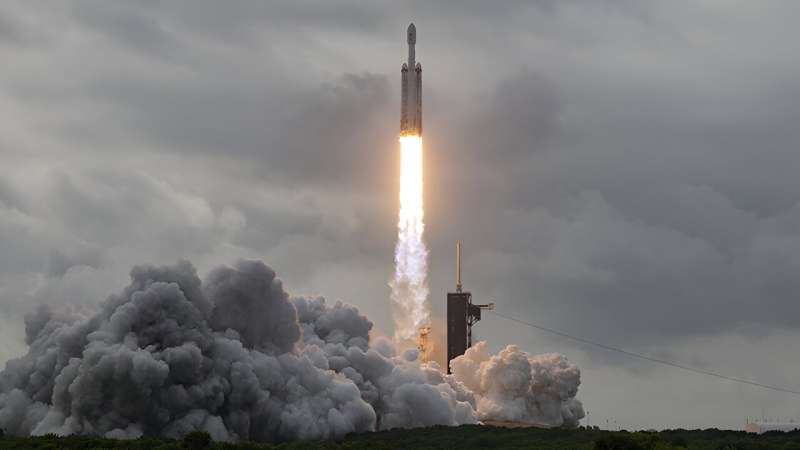
It's official. An instrument designed and built by Lawrence Livermore National Laboratory (LLNL) researchers is the highest-resolution gamma ray sensor that has ever flown in space.
The Livermore high-purity germanium (HPGe) gamma ray sensor is an essential part of a larger gamma-ray spectrometer (GRS) built in collaboration with researchers from Johns Hopkins Applied Physics Laboratory (JHAPL) in Laurel, Maryland.
The GRS is part of a suite of instruments launched Oct.13 from the Kennedy Space Center aboard a SpaceX Falcon Heavy rocket to make the first-ever visit to Psyche, the largest metal asteroid in the solar system.



